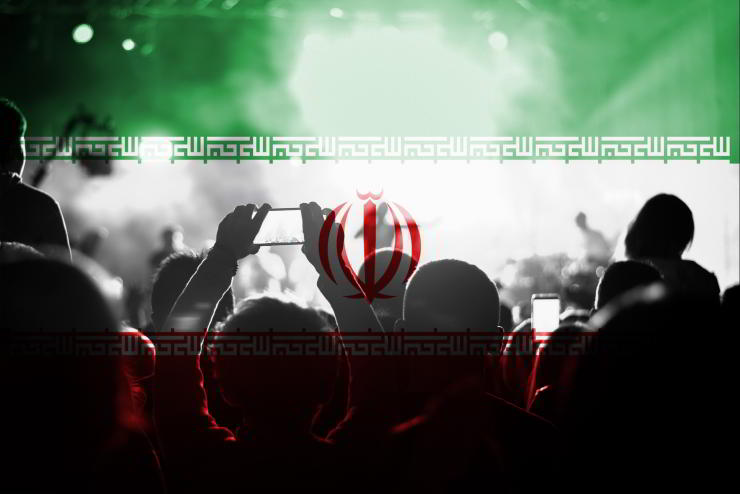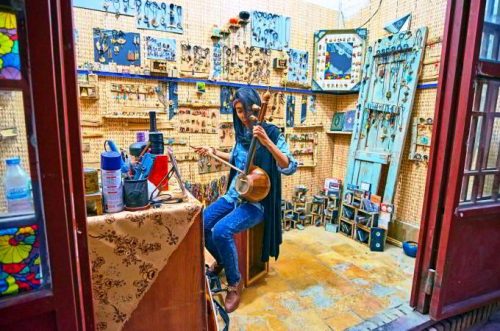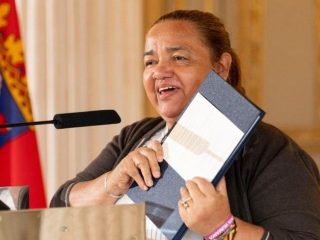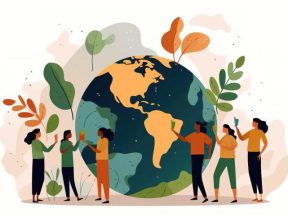Music. Iran. Overcoming barriers.

It is not easy to make music in Iran today. And yet, in a country where social, religious and political tensions intersect with women’s and new generations’ anxiety for renewal, music also carries a crucial weight to convey ideas, demands, desires for freedom and brotherhood.
In recent years, the music scene of what was once Persia has shown signs of great dynamism and notable innovative thrusts, in a varied panorama where musical tradition (very rich in this country) often meets innovation and modernist and cosmopolitan sounds. In short, despite the cultural and political restrictions of the regime, Iranian artists continue to find creative ways to express themselves and share
their music with the world.

Iran. The young seller of handmade jewellery store makes performance, playing kamancheh traditional Persian musical instrument in Yazd.123rf
The rich heritage of Persian classical music, based on the modal system of the radif repertoire and instruments such as the santur (a 72-string psaltery), the kamancheh (a type of two-stringed violin) and the daf (a frame drum), often intersects with Western stylistic elements
such as rock, jazz, electronic dance and hip hop, generating
decidedly original sounds.

Hichkas Anjam Vazife. (Photo X)
Among the most popular artists of the contemporary Iranian music scene we find, for example, the exiled songwriter Mohsen Namjoo, whose singer-songwriter style fuses Iranian tradition with the blues rock of Western artists such as Eric Clapton. But the rap scene is also very active; among the most prominent names is Hichkas, a native of Tehran and much loved by young Iranians for his ability to give voice to their frustrations and their hopes for change with lyrics that often address social and political issues; Hichkas is one of the pioneers of this field, and can also boast a certain following in Afghanistan and Great Britain where he has often performed.
Other notable rappers and rockers are Mohammad Bibak who has increased his popularity abroad thanks to social media, Shahin Najafi, who was also forced to emigrate (to Germany), and the historic band Kiosk, on the scene since 2003.

Mohammad Bibak has increased his popularity abroad thanks to social media. (Photo X)
It is clear that in such a complicated landscape for artists, social media and online platforms continue to play a fundamental role in spreading contemporary Iranian music internationally. These tools are the best strategy to overcome the barriers imposed by political restrictions and continue to circulate music, inside and outside Iran; for example, if you type Persian Pop 2024 on Spotify, you will get a compilation of more than 250 songs: confirming that there is no regime in the Third Millennium that can stop music. (Open Photo: Live music concert with blending Iran flag on fans. 123rf)
Franz Coriasco



